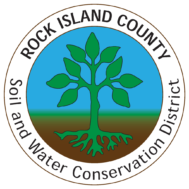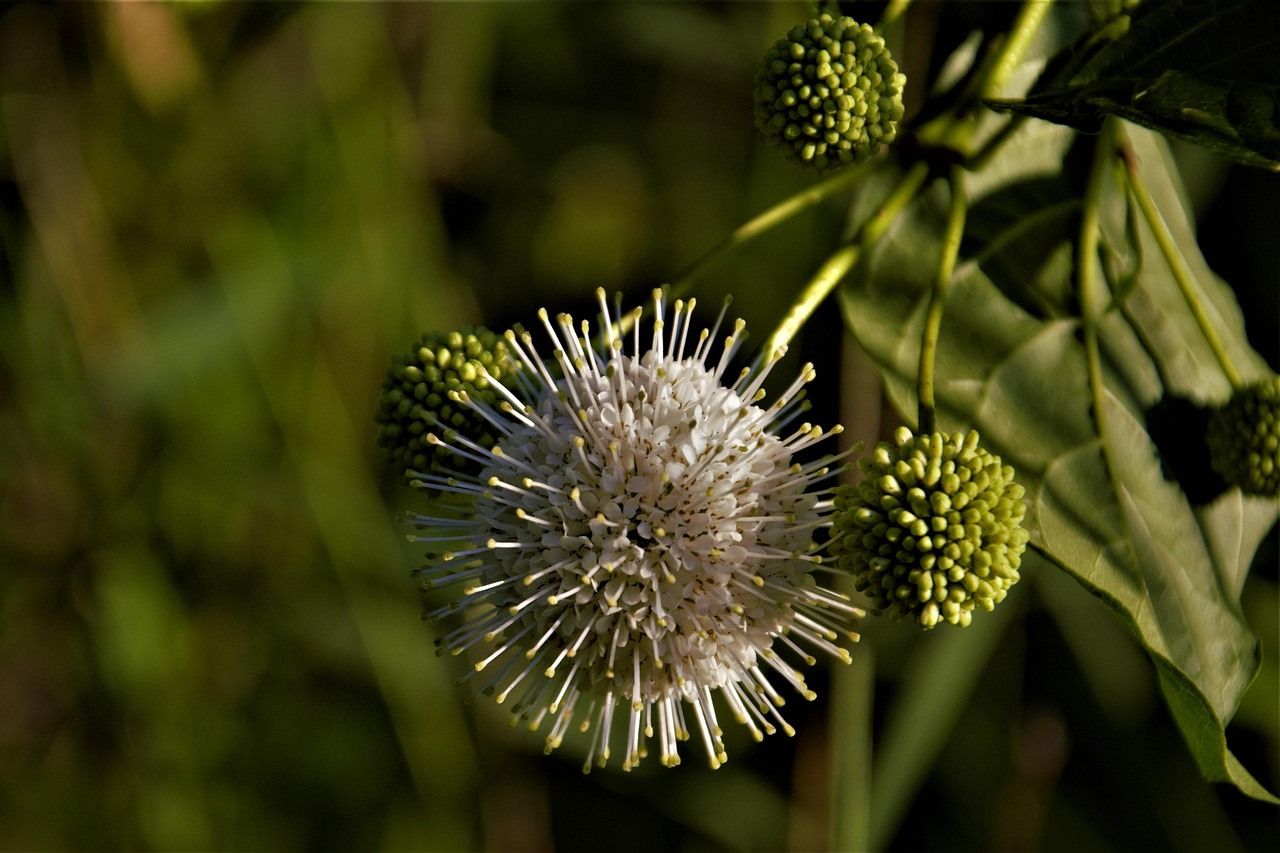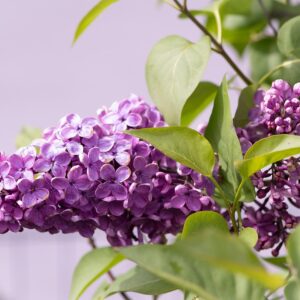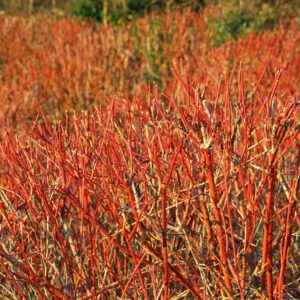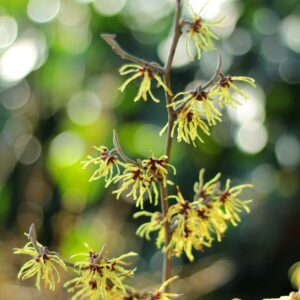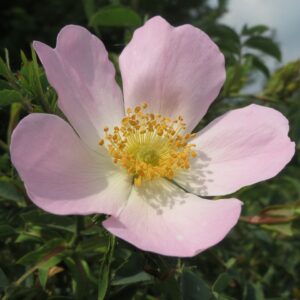The Buttonbush (Cephalanthus occidentalis) is a unique, attractive shrub or small tree native to North America. It’s often found in wetland areas and is highly valued for its striking appearance, especially when in bloom. It also plays an important ecological role, supporting wildlife and helping to stabilize wetland environments.
Here are some key features of the Buttonbush:
Size and Growth: Height: Typically grows between 3 to 10 feet tall, though it can occasionally reach up to 12 feet in ideal conditions. Spread: It can spread around 3 to 6 feet wide, often forming a dense, bushy shape. Shape: It has a rounded or irregular shape, with an upright habit when young but often becoming more spreading or sprawling as it matures.
Leaves: The leaves are opposite, oval to lance-shaped, and have smooth edges. They are typically dark green on top and paler underneath, with a slightly glossy surface. Leaves can grow up to 5 inches long and provide a lush background to the plant’s unique flowers.
Flowers: The most striking feature of the Buttonbush is its globe-like clusters of flowers. These flowers are small and tubular, usually white or pale cream, but arranged in dense, spherical clusters that resemble “buttons” (hence the name). The flower clusters bloom in mid to late summer (typically June to August), attracting pollinators like bees, butterflies, and hummingbirds. The flowers have a sweet fragrance and make the shrub stand out, especially when in full bloom.
Fruit: After flowering, Buttonbush produces round, spiky seed heads, which start green and ripen to a reddish-brown color in the fall. These seed heads can remain on the plant well into winter. The seeds are an important food source for birds, particularly waterfowl and songbirds, who feed on them in late fall and winter.
Habitat and Growing Conditions: Soil: Buttonbush thrives in moist, acidic to neutral soils but can tolerate a range of conditions, as long as it is kept wet. Water: It is commonly found in wetlands, ponds, marshes, or along the edges of streams. It is well-suited for rain gardens or areas with poor drainage. Sun: It does best in full sun but can tolerate partial shade, especially in hotter climates. Hardiness: It is hardy in USDA zones 5 through 9, so it’s well-suited to temperate regions across much of the U.S.
Wildlife Value: The flowers and seeds of the Buttonbush make it an important plant for wildlife. Its nectar-rich flowers attract pollinators like bees and butterflies, while its seeds feed birds and small mammals. Additionally, its dense growth provides shelter and nesting spots for birds and other small creatures.
Growth Rate: Buttonbush is a moderate grower. It can spread through both seed and root suckering, sometimes forming thickets if left unchecked.
Aesthetic and Landscaping Value: Buttonbush is often used in landscaping around ponds, streams, or other wetland areas, as it can help prevent erosion and stabilize the soil. The plant’s unique flower heads and attractive foliage make it an eye-catching choice for a garden with a natural or wild look. It can also be used in rain gardens, as it tolerates both wet and sometimes dry conditions (once established).
Maintenance: Buttonbush is relatively low-maintenance, especially once it’s established in an appropriate location. It may benefit from periodic pruning to keep it tidy and encourage new growth, especially if it becomes too large or leggy.
Potential Issues: Pests/Diseases: Buttonbush is generally pest-resistant, though it can occasionally be affected by aphids or mildew in overly wet conditions. Over-saturation: In locations with consistently standing water or poor drainage, the plant could struggle with root rot, though it is relatively tolerant of wet soils.
Buttonbush is an excellent choice for anyone looking to add a distinctive and wildlife-friendly plant to a wetland area, garden, or natural landscape. Its attractive flowers, ability to thrive in moist conditions, and support for wildlife make it a valuable addition.
